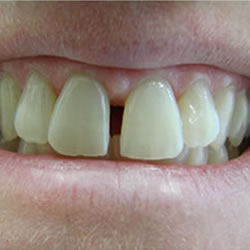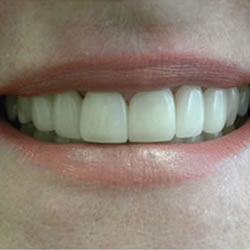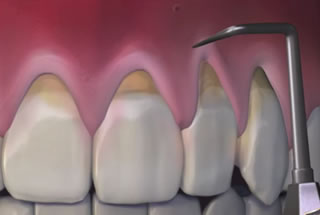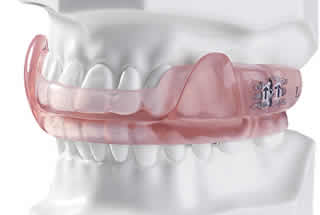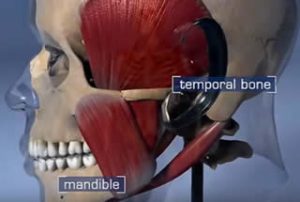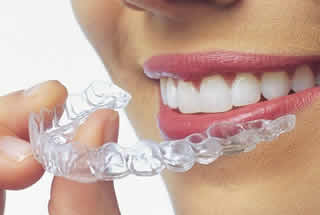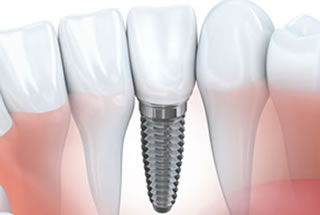A person’s oral health can be seriously affected by smoking. The substances in tobacco products damage the gums, teeth, and soft tissues of the mouth. After years of smoking, it’s very likely that a person would have reason to consider a smile makeover to improve the look of a mouth harmed by the habit.
There are a number of results that may occur after smoking for some time. Here are some common outcomes:
- Gum disease
- Inflammation and bleeding
- Excessive tartar buildup
- Loss of bone structure
- Severely stained teeth
- Chronic bad breath
- Oral, throat, or lung cancer
- Leukoplakia (patches in the mouth, on the tongue, or inside the cheek)
It is difficult for smokers to avoid at least some of these oral health problems that are linked to tobacco exposure. The first line of defense is to maintain targeted and consistent dental care, and regular dental checkups. But even with proper care, the bottom line is that smokers are at a much greater risk of oral problems. In fact, research shows that smoking is the leading cause of tooth loss in adults.
If a smoker decides to kick the habit and to see a dentist about a smile makeover, chances are that great improvements can be made. A smile makeover will address a variety of conditions and problems that may require treatment prior to performing any cosmetic procedures. Once the mouth is as healthy as possible, some common procedures that smokers might benefit from include dental implants, veneers, teeth whitening, bonding, and root canal treatment.
Family dentistry in Toronto
When it’s time to save a damaged tooth by getting root canal treatment, it’s important not to place your care in just anyone. Seek treatment from a qualified and reputable endodontist who focuses on performing root canal therapy. These specialists should be well-equipped and experienced in handling even the most difficult cases. If you need root canal treatment, here are some things to consider when choosing an endodontist.
Professional referral
Your dentist should be able to refer you to a reputable endodontist for further treatment. Although some dentists perform root canal treatment themselves, most refer complex cases or even all root canal patients to a specialist for the procedure.
Personal recommendations
You are not obligated to see the endodontist recommended by your dentist. If you’d prefer, ask friends, family, and coworkers for recommendations. People who have actually been patients and undergone treatment are often the best sources of information when it comes to looking for a healthcare professional.
Research
Look on the internet to research endodontists in your area. Read online testimonials and visit the American Association of Endodontists website.
Experience
Select an endodontist who has been practicing long enough to have experience in root canal treatment. It can be reassuring to put your oral health care in the hands of a professional who has already performed many procedures and is likely to have come across all kinds of root canal cases.
Personality
Choose an endodontist you feel comfortable with and makes you feel confident in the care that you will receive. Find a doctor and staff who provide caring, professional, and thorough treatment, and who will go the extra mile to ensure that you get quality root canal treatment.
If you need a root canal dentist in Toronto, contact our office today.
If you are considering having dental implants to replace missing teeth, you likely have many questions and concerns about the procedure. Oral surgery is not something to take lightly, but gathering all of the necessary information will enable you to make the best decision about restoring your smile.
First, you should see your dentist to make sure that you are a candidate for dental implants. You must have good oral health, including no signs of gum disease because healthy gums are important to the success of this type of surgery. You also should be in good overall health, since anesthesia is required as well as an ability to heal properly. Your dentist will also consider the condition of your jaw bone, because you must have adequate bone structure to hold the dental implant. Sometimes a separate procedure called bone augmentation is needed to improve bone health prior to implant surgery.
Dental implants are typically done over several months. In the first step, the titanium dental implant is surgically inserted into your jaw where your missing tooth used to be. This is the replacement for the absent tooth root. Then you must wait from 6 to 12 weeks for the area to heal and your jaw to grow around the implant, allowing it become a permanent part of your jaw.
Once healing is complete, a post will be attached so that an artificial tooth can be placed on top. The replacement tooth is created from a model your dentist takes of your mouth so that it matches the size and color of your missing tooth. Once the entire process is complete, you will have a fully restored smile to enjoy for a lifetime.
Dr. Cruz offers dental implants in her Toronto dental office.
Ordinary fillings can be used to repair small to moderate areas of decay or damage. Larger areas have to be mended in a different way, and your dentist in Toronto may suggest a porcelain crown, or an inlay or onlay. These restorations help restore strength and integrity to damaged teeth, and will make them look like new. Porcelain crowns, inlays and onlays usually have to be hand-crafted in a dental laboratory, a process that normally takes a couple of weeks and at least two appointments to complete.
Although you may have heard of these terms, most people will not know what they mean or how these restorations work. An inlay replaces the chewing surfaces of back teeth. An onlay is a little larger and can replace the chewing surface as well as the outer edges or cusps of these teeth. A larger onlay may also be called a three-quarter crown. Both of these restorations leave some of the natural tooth structure exposed.
Dental crowns are also called caps and fit over the entire tooth, covering it up completely right down to the gum line. They are used to protect teeth that have lost a substantial part of their structure. There are various types of dental crowns that can be used as they can be all metal, metal fused to porcelain, or made entirely from porcelain. Porcelain crowns are usually recommended for restoring front teeth, while metal or metal fused to porcelain have traditionally been used for restoring back teeth. However today’s modern porcelains are often strong enough to restore back teeth, and can withstand the pressures generated through chewing.
Your dentist in Toronto will need to prepare the tooth, removing all the decay and infection before taking an impression to send to the dental laboratory. A skilled dental technician can custom-make your restoration to your dentist’s prescription. In the meantime, your dentist will fit a temporary restoration to protect your prepared tooth. You can return to your dental office approximately two weeks later to have your inlay, onlay or crown fitted and permanently bonded in place.
A full mouth reconstruction is a process to literally rebuild your smile. It generally involves a combination of techniques such as dental implants, orthodontics, veneers, and crowns and bridges. The following article explores some of the reasons why a patient may consider a full mouth reconstruction.
Missing Teeth
Many people have lost one or more teeth, and will be quite embarrassed about this fact. In addition missing teeth can affect the way the rest of the teeth function and overall facial structure and appearance. An increasingly common solution is to use dental implants to replace these teeth. The process can take several months to complete, as once the implant post is inserted into the jawbone it has to integrate for 3 or 4 months before the final restoration can be fabricated. If you are considering dental implants, you’ll need to visit your dentist in Toronto several times to complete the process.
Misaligned Teeth
If your teeth are incorrectly aligned, it may lead to serious jaw problems. A full mouth reconstruction using orthodontic appliances can correct these issues, realigning the teeth so they bite together properly. Your dentist in Toronto can suggest various options for realigning teeth.
Injuries to the Mouth
Some people will need a full mouth reconstruction due to trauma. Car accidents or sporting injuries can all damage teeth and jaws. A full mouth reconstruction can be the best way to restore teeth to full function and to re-create a lovely smile.
Tooth Decay
Many people will lose a substantial amount of tooth structure to tooth decay, or this can even result in complete tooth loss. When this happens, partially decayed teeth can be restored with dental crowns, while lost teeth can be replaced with implants or bridges.
If you’ve recently whitened your smile with professional tooth whitening, you’ll be interested in making sure the results last as long as possible. Your dentist in Toronto will provide you with lots of information on how best to protect your newly brightened smile, but you might find the following tips helpful.
What to Do after In-Office Tooth Whitening
- Tooth enamel is slightly porous for the first few days after whitening so it’s easier for stains to be absorbed. Avoid all dark colored foods and beverages for the first two days, including tea, coffee, red wine and tomato-based sauces.
- Try to stick to drinking water, but if you want another beverage then drink it through a straw to minimize contact with your teeth.
- After eating or drinking, wait around half an hour before gently brushing your teeth. This allows acidity levels in your mouth to return to normal before brushing.
- Drink plenty of water throughout the day, and especially during meal times as it will help wash away foods that could stain your teeth.
- Some tooth sensitivity after whitening is quite normal. Try brushing your teeth with toothpaste especially designed for sensitive teeth to reduce these feelings. Tooth sensitivity generally disappears after a few days.
Using Custom-Made Whitening Trays at Home
- It’s important to follow instructions provided by your dentist in Toronto as this will give you the best and safest results.
- Avoid eating or drinking highly colored foods while you are whitening.
- You can use your custom-made trays to touch up the results as needed, typically every 6 to 9 months.
- If your teeth become sensitive while whitening, try bleaching every other day, or even every couple of days until the sensitivity reduces. It can help to use toothpaste designed for sensitive teeth.
If you are looking for professional teeth whitening dentist in Toronto, contact our dental office to schedule an appointment.

 E-Mail Us
E-Mail Us  416-595-5490
416-595-5490